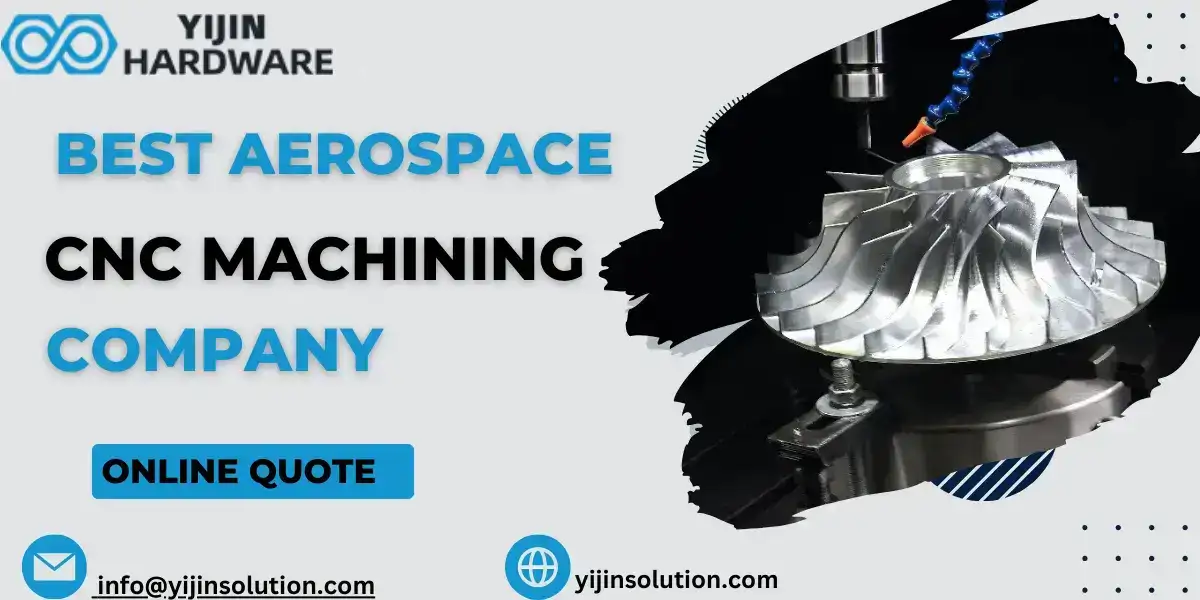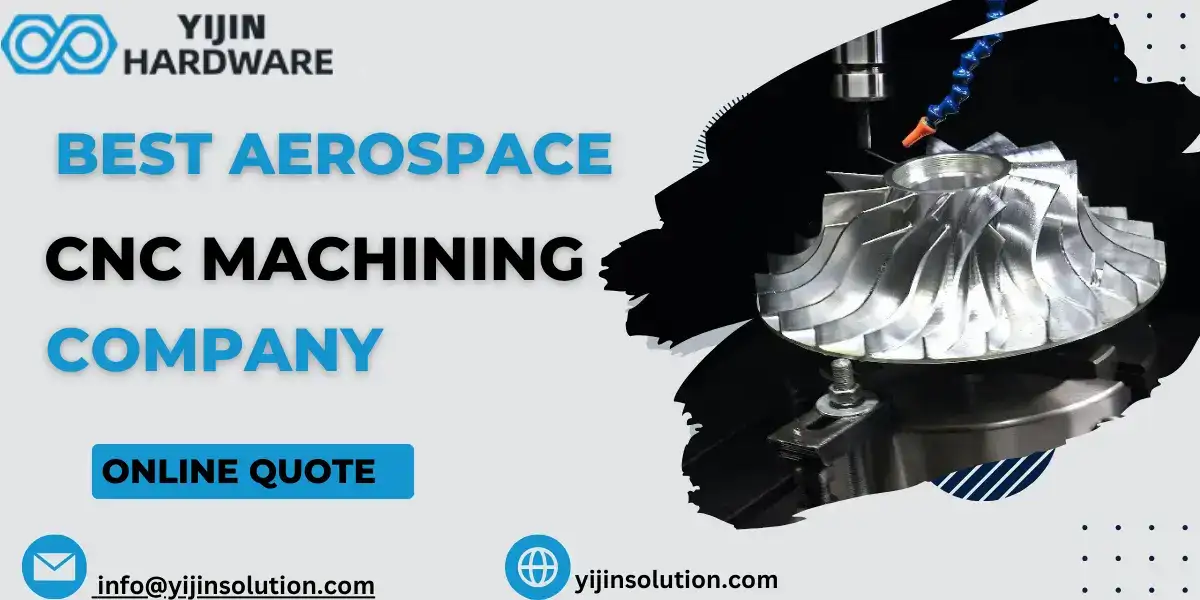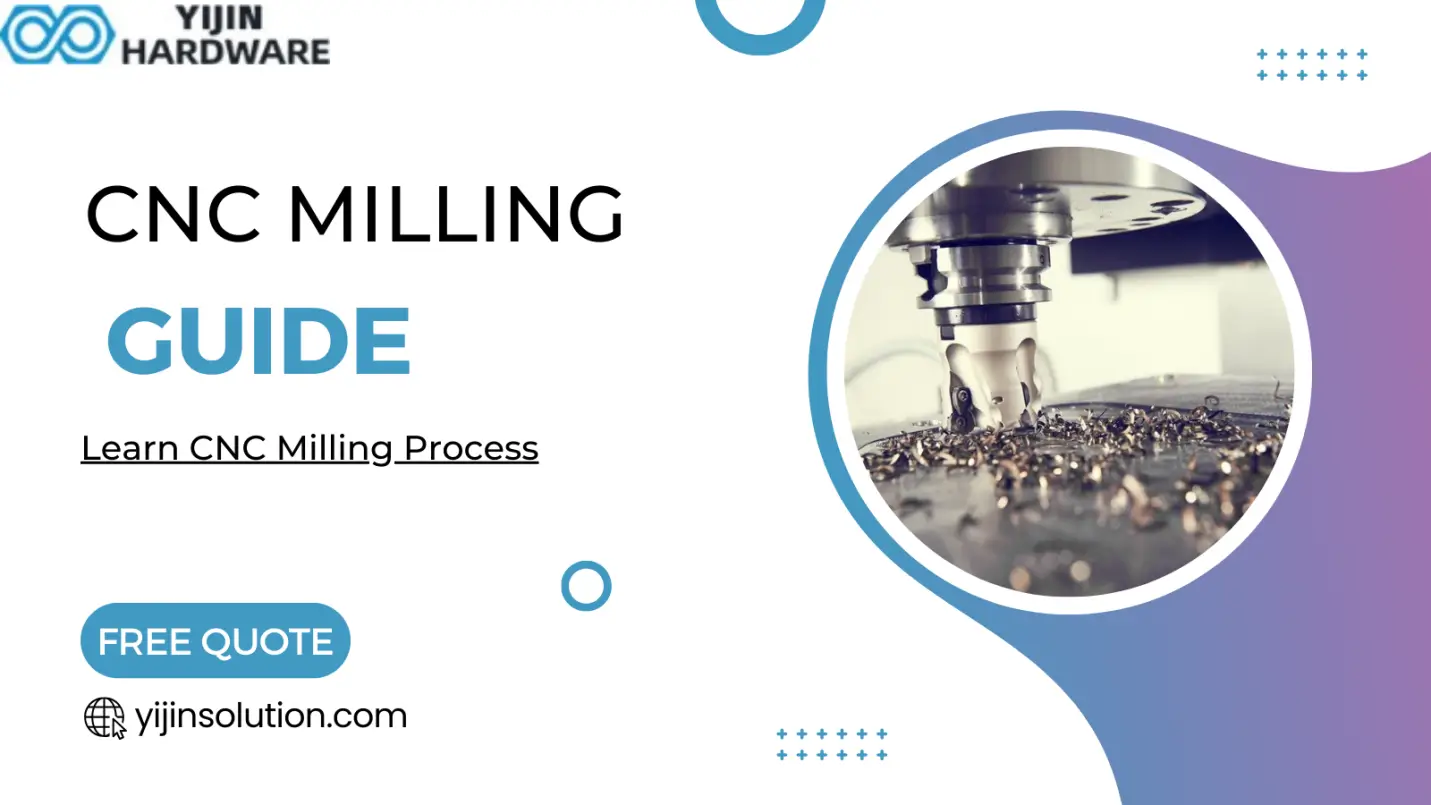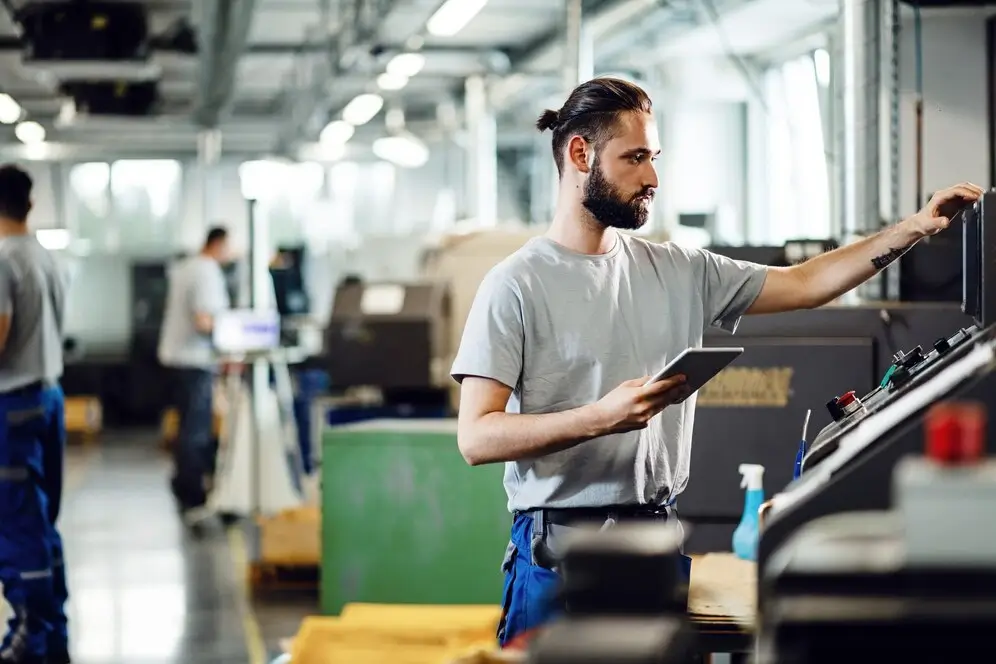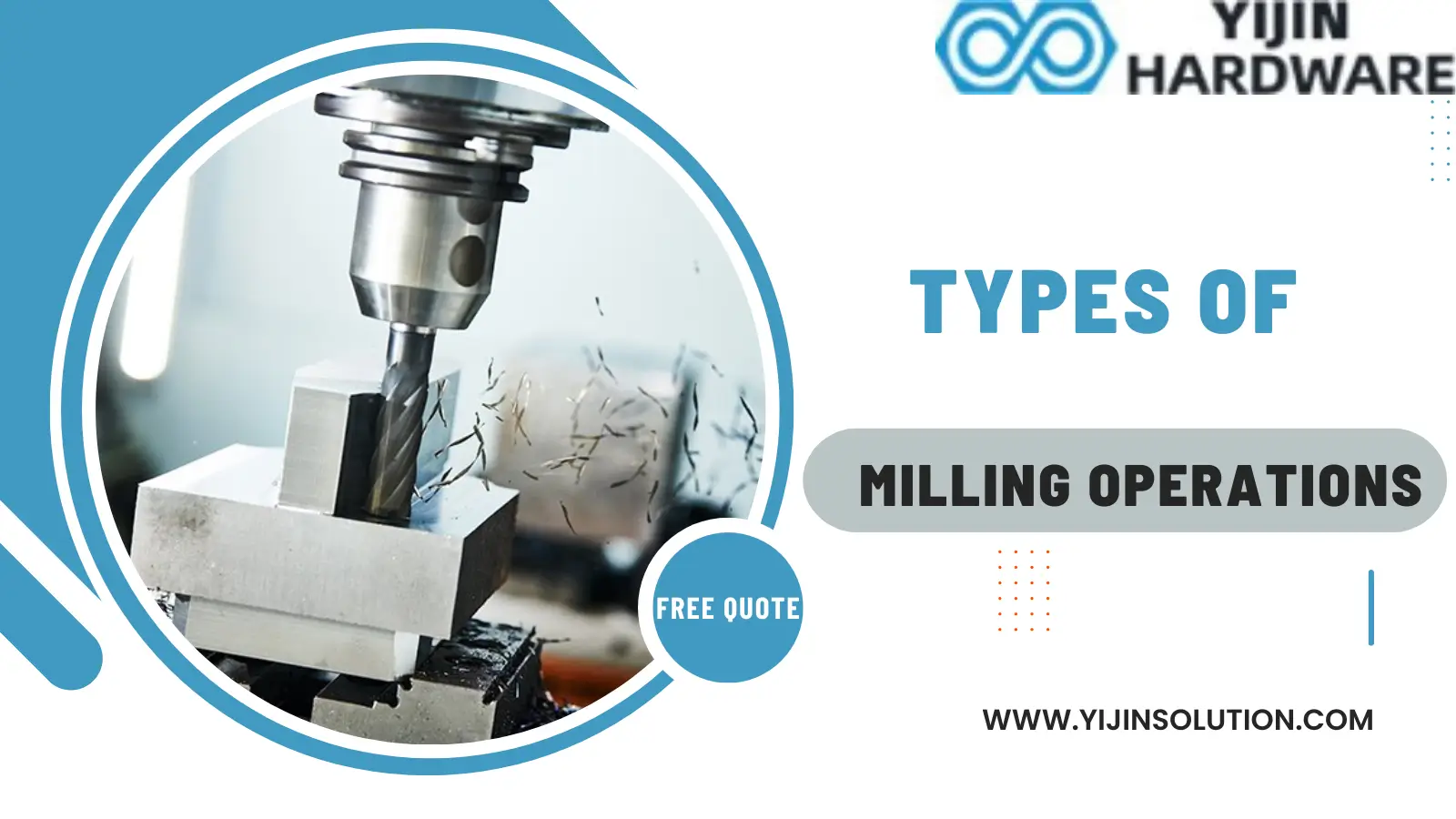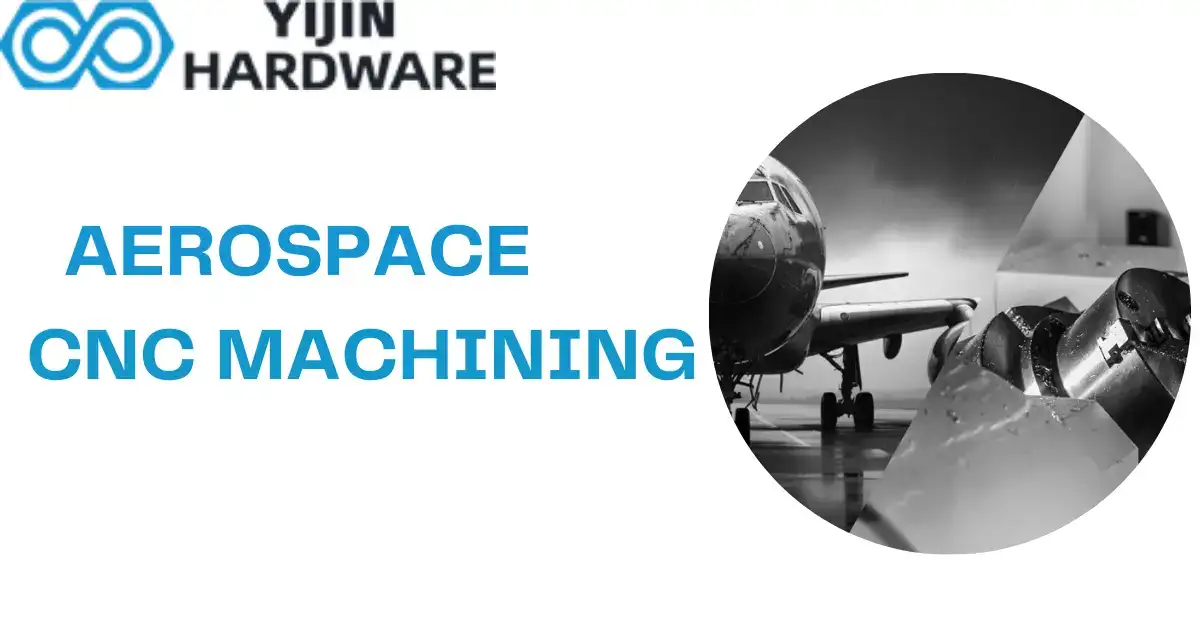
For many years, aerospace and medical fields demand highly accurate engineering. However, 3D printing with effective materials is an emerging trend that has brought new possibilities to the aerospace CNC machining industry. Such improvements, together with CNC machines, have paved the way for next-generation intelligent devices.
According to Skyquest’s latest research report, the size of the global Aerospace Parts Manufacturing market is projected to touch USD 1190.45 billion by 2030 and display a CAGR of 4.1% in the forecast period (2023−2030).
Subsequently, aerospace CNC machining is driving innovation in the modern aviation and space industries. For instance, measuring tasks and finishing machining operations have become more precise which is quite helpful in aerospace machining parts.
According to new research, researchers are undertaking new materials in defense machining such as Ti-6Al-4V.
What is aerospace CNC machining?
Aerospace machining methods are used in the aerospace field due to the complicated features of aeroplanes and helicopters, which move in the atmosphere and are subject to high pressure and many unfavourable factors. Cutting, milling, and drilling of materials require creating reliable, efficient, and safe parts.
The aerospace industry is one of the most sophisticated industries. Aerospace machining requires high precision, with no errors, and parts are machined following design specifications.
Precision cnc machining ensures that the parts function correctly without causing functional issues. Because any flaws will lead to severe consequences such as higher costs and damaged parts, any issue in design will lead to the loss of a significant amount of money.
Read More: CNC Machining Basic Knowledge
Materials Used In Aerospace Machining
In CNC machining, here is a long list of materials and alloys for parts manufacturing. Similarly in aerospace CNC machining, we need high-resistant and strong materials which can withstand harsh conditions.
Aluminum Alloys
Aluminium alloys are one of the most common alloys used in aerospace machining because they give an excellent balance:
Meanwhile, these have a fair tensile strength, meaning they can resist considerable stretching forces without failing. It is critical for structural parts like airframe and wing ribs.
On the other hand, aluminium is lighter compared to materials such as steel. Hence, this leads to lesser fuel consumption, improved aircraft efficiency, and an eco-friendly perspective of today’s aerospace industry.
Popular aluminum alloys for aerospace CNC machining are:
- Aluminum 6061-T6
- Aluminum 5052
- Aluminum 7075-T6
- Aluminum 2024-T4
- Aluminum 6082
Titanium Alloys
Aerospace is the field that uses titanium alloys the most globally. The metal performs well at high temperatures, resists corrosion, and has a good strength-to-weight ratio. The use of titanium in aerospace manufacturing has become widespread.
Titanium alloys are particularly preferred for heavy-duty applications such as:
These parts encounter considerable stress during take-off and landing, and the strength of titanium guarantees they can withstand the load with little increase in weight. Titanium alloys survive the high temperatures and stresses of jet engines, thus aiding their efficient operation.
Common titanium alloys for aerospace CNC machining are:
- Ti-6Al-4V (Grade 5)
- Ti-6Al-4V ELI (Grade 23)
- Ti-5Al-2.5Sn (Grade 6)
Nickel Alloys
Jet engines operate in scorching heat, which requires high-resistant materials. Therefore, nickel alloys are extremely capable of high-temperature resistance and strength.
Nickel Alloys are used for different engine components, including
These blades rotate at very high speeds in an engine’s hot section. By resisting such severe temperatures, nickel alloys will ensure that they remain strong enough to accomplish their mission without losing their shape; hence, they make engines work well.
The above feature also allows nickel alloys to withstand high temperatures of exhaust gases efficiently, thereby promoting better engine operation and potentially improved fuel efficiency.
Popular nickel alloys for aerospace CNC machining:
- Inconel 625 (UNS N06625)
- Monel 400 (UNS N04400)
- Inconel 718 (UNS N07718)
- Hastelloy C-276 (UNS N10276)
- Nickel 200 (UNS N02200)
Stainless Steel
Stainless steel, unlike aluminum or titanium, is heavier but more durable. This is why it is the only suitable material to use in certain applications. These systems operate under high pressure and therefore must be made of materials that do not wear out with time. Stainless steel can withstand extreme pressure.
Stainless Steel Alloys for aerospace CNC machining:
- 304 (UNS S30400)
- 316 (UNS S31600)
- 430 (UNS S43000)
- 416 (UNS S41600)
- 17-4 PH (UNS S17400)
Advantages of CNC Machining for Aerospace Parts
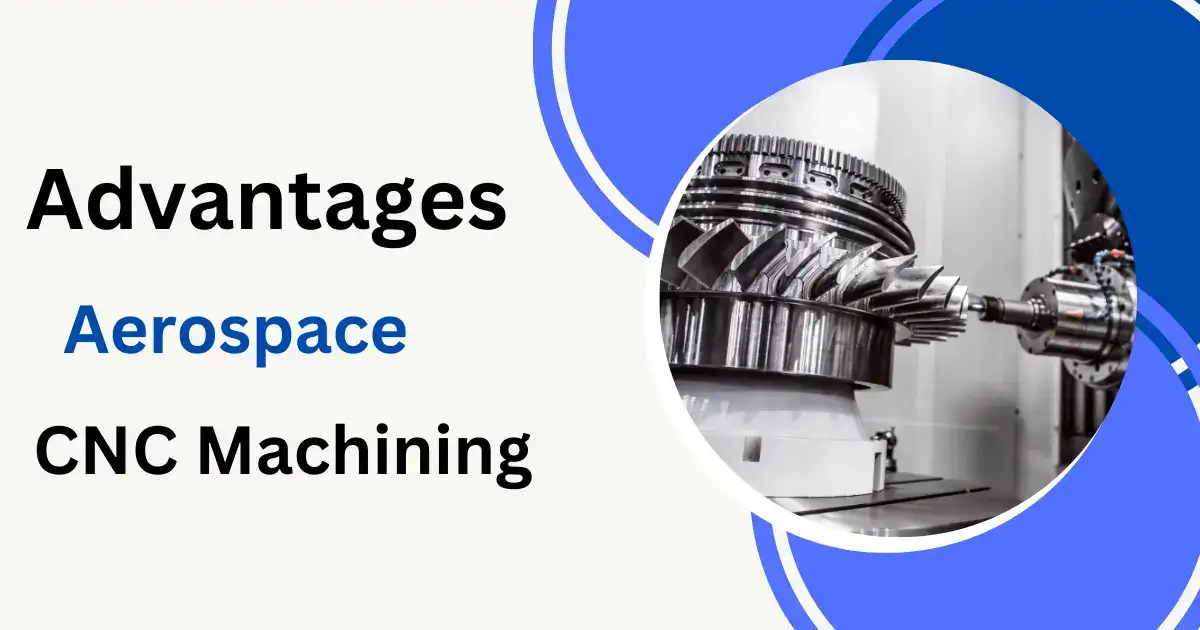
CNC machining is one of the key processes for aerospace machining parts. The technology’s multiple benefits contribute to the outstanding performance, safety, and efficiency of modern aircraft and spacecraft.
CNC machining for aerospace parts is a perfect fit for aircraft parts fabrication due to its many advantages. Among its advantages are:
Lightweight Components
Weight is an essential factor in designing aerospace parts. CNC machining can create thin-walled structures and parts from solid yet lightweight materials to meet the requirements of aviation and the air defence industry. It helps develop complex structures and surfaces using tiny nooks and crannies toolpaths. It takes longer to make than more superficial, more significant cuts on flat surfaces.
Minimum Part Error
If you are making aerospace CNC parts with the traditional machining methods, they are more vulnerable to defects. However, with precision CNC machining, the chances of error are extremely low because the high-precision aerospace CNC machining process ensures aerospace parts comply with:
- Strict standards for dimensions
- Tolerances
- Performance, ensuring high performance while preventing component damage
High Precision
High precision is one of the most critical factors in machining aerospace parts. Since these parts have complex geometries, machining them from different angles requires high precision. Similarly, tight tolerances will enable them to perform effectively. Using CNC machining in the aerospace industry ensures the production of parts that fit aircraft components precisely. Hence, it prevents part failure during assembly and operation.
Think about modern engine blades. The curved surfaces might look fancy, but they serve a purpose: optimizing engine performance. With CNC machining, it is possible to produce such complicated geometries.
Consistency and Efficiency
Due to higher precision rates and tight tolerances, aerospace parts rely heavily on precision machining. Similarly, there is less material wastage and higher production rates. Furthermore, it helps in perfect part design, incorporating the appropriate dimensions for inside corner radius and cuttable holes, significantly reducing machining time.
Reduced Machining Cost & Quick Production
Precision combined with fast production saves costs per part, saving money on wasted materials, rework errors, and labour. Improved production rates also increase profits.
Whether high or low volume, CNC machining gets the job done when it comes to production runs. Choosing the right cutting tool is crucial in determining the accuracy, surface quality and productivity of the machining process. Although they move slower for small batch volume production, CNC machines still beat traditional machining methods because of improved machining techniques and CAD design.
Applications of Aerospace CNC Machining
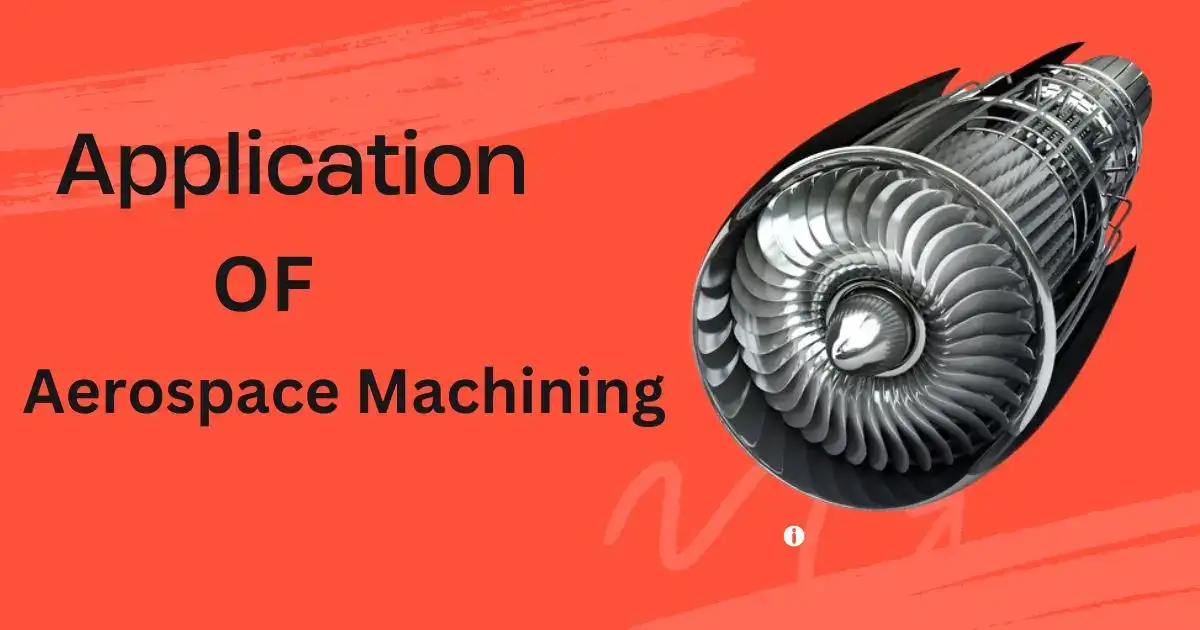
As mentioned above, CNC machining is the key factor in manufacturing complex components for various industries. Here are examples of some prominent aerospace CNC machining parts:
Airframe Components of Planes
- Landing gear parts that can bear extreme pressure during takeoff and landing.
- Wing ribs and fuselage.
- Control surfaces like ailerons provide smooth and precise maneuverability.
Engine Parts
- Compressor blades which ensure smooth combustion.
- Turbine discs that can bear extreme heat.
- Combustion liners.
Hydraulic and Pneumatic Systems
- Valves and actuators that control the movement of various flight surfaces.
- Piping components that ensure the smooth flow of fluids within the aircraft.
Spacecraft Components
- Rocket engine parts.
- Satellite structures.
- Payload housings.
Yijin Hardware: Your Aerospace CNC Machining Partners
Precision and efficiency are two critical factors in manufacturing aerospace parts. Only CNC machines with different axes can meet this requirement to make these complex parts. Our company has state-of-the-art 3, 4, and 5-axis machines ideal for effectively manufacturing blocks and brackets.
Incorporating these latest machines, we can efficiently produce turbine blades and contoured airframe components that require absolute precision. The aviation industry has its separate requirements. It helps us to reduce errors and increase production time.
Our Expertise in Multi-Axis CNC Machining for Aerospace Parts
Our following machining services help us deliver a variety of simple and complex aerospace parts. CNC turning helps us produce parts that synchronize perfectly with each other. A CNC lathe is used for the process. The machine is controlled using CAD software, which cuts the material into the desired shape at high speed.
Carefully chosen Cutting Tools for Optimal Performance
At Yijin Hardware, our experts understand the critical nature of aerospace components and the dire need for precision for optimum performance. Therefore, our company leverages its expertise in multi-axis CNC machining to deliver seamless results for your aerospace parts manufacturing.
Multi-Axis Machining for Unmatched Complexity
The performance of any CNC machine directly depends on the installed axis. The more axes are there, the better results we can expect for parts with complex geometries. We have a diverse range of CNC machines that can effectively deliver high-precision results. This comes with an array of advantages for your aerospace parts:
- Complex Parts Made Simple
- Reduced Lead Times and Costs
- Excellent Accuracy
Carefully Chosen Cutting Tools for Peak Performance
Selecting the proper cutting tools is essential for unmatched efficiency for aerospace machining alloys. Here’s how Yijin Hardware sets itself apart:
We have in-depth knowledge of complete aerospace alloys required for machining parts. These alloys include aluminium, titanium, and nickel. Subsequently, our company has high-performance cutting tools for optimal chip removal. We focus on making cleaner cuts, high-quality parts, and improved surface finish. The final step in the CNC Machining process is surface treatment—several surface finishing treatments to complete your final details to your specific requirements.
Surface Finishes For CNC Aircraft Parts
At Yijin Hardware, we understand that surface finishes in aerospace CNC machining go beyond mere physical appearance. Improved surface finishing techniques in aerospace CNC machining enhance the performance of machining parts.
Anodizing (Type II or Type III)
Anodization provides excellent corrosion resistance to machined parts, improving surface hardness and wear resistance while dissipating heat. Anodization is the most popular surface treatment for painting and priming because it provides a high-quality surface. Manufacturers typically offer two types of anodizing: Type II, which is corrosion-resistant; and Type III, which is thicker and adds an abrasion-resistant layer. Both anodizing processes allow a wide range of surface color finishes.
Powder Coating
In the powder coating process, powder paint is sprayed directly onto the machined part. The part is then dried in an oven, forming a durable, wear-resistant, and corrosion-resistant layer. A variety of color options are available in the powder coating process.
Sandblasting
Sandblasting involves blowing small particles into the surface of the machined part in a controlled manner. This technique results in a smooth surface with some roughness. In sandblasting, various materials such as sand, garnet, and metal particles have been used to clean parts or prepare them for subsequent surface treatments.
Summary
Perfection in aerospace manufacturing is one of the key features. The CNC machining simulation software plays a crucial role in assessing any flaws in the design before the aerospace part goes into mass production. Similarly, the selection of the materials is equally important. If we do not undertake material considerations, the part performance can be compromised significantly.
 Call Us Today! (+86) 188-2253-7569
Call Us Today! (+86) 188-2253-7569